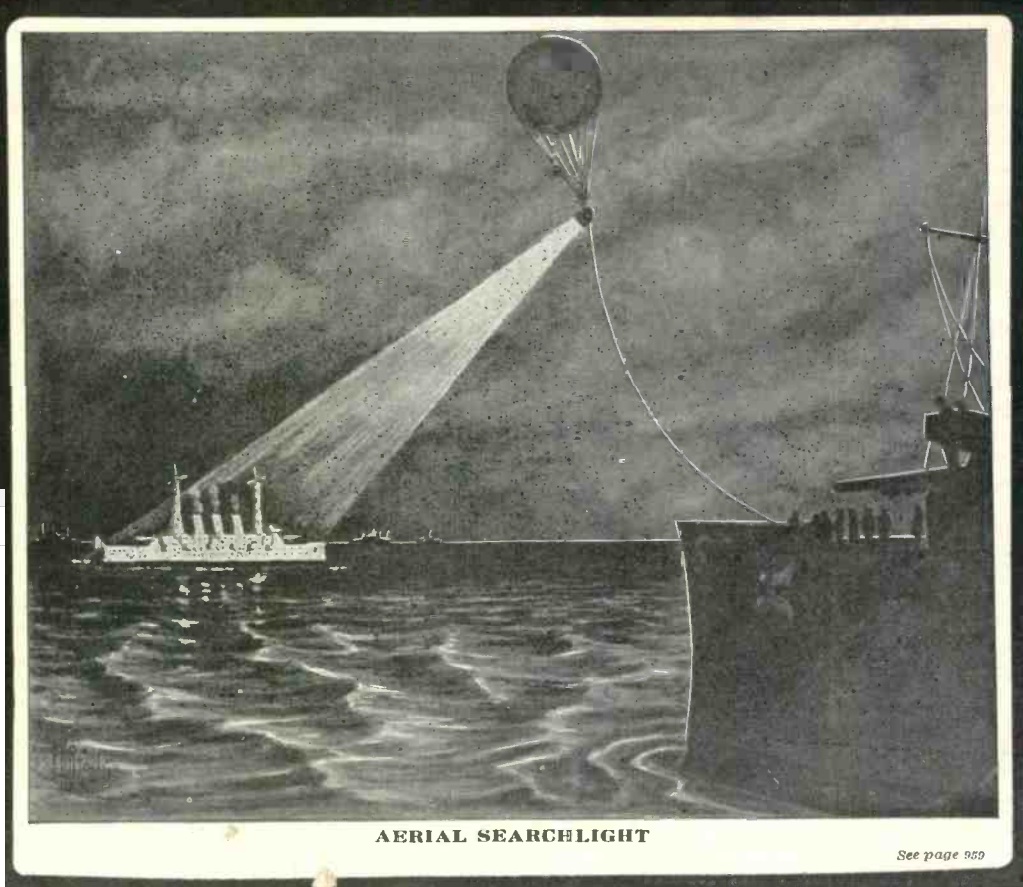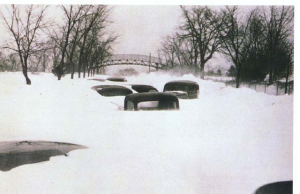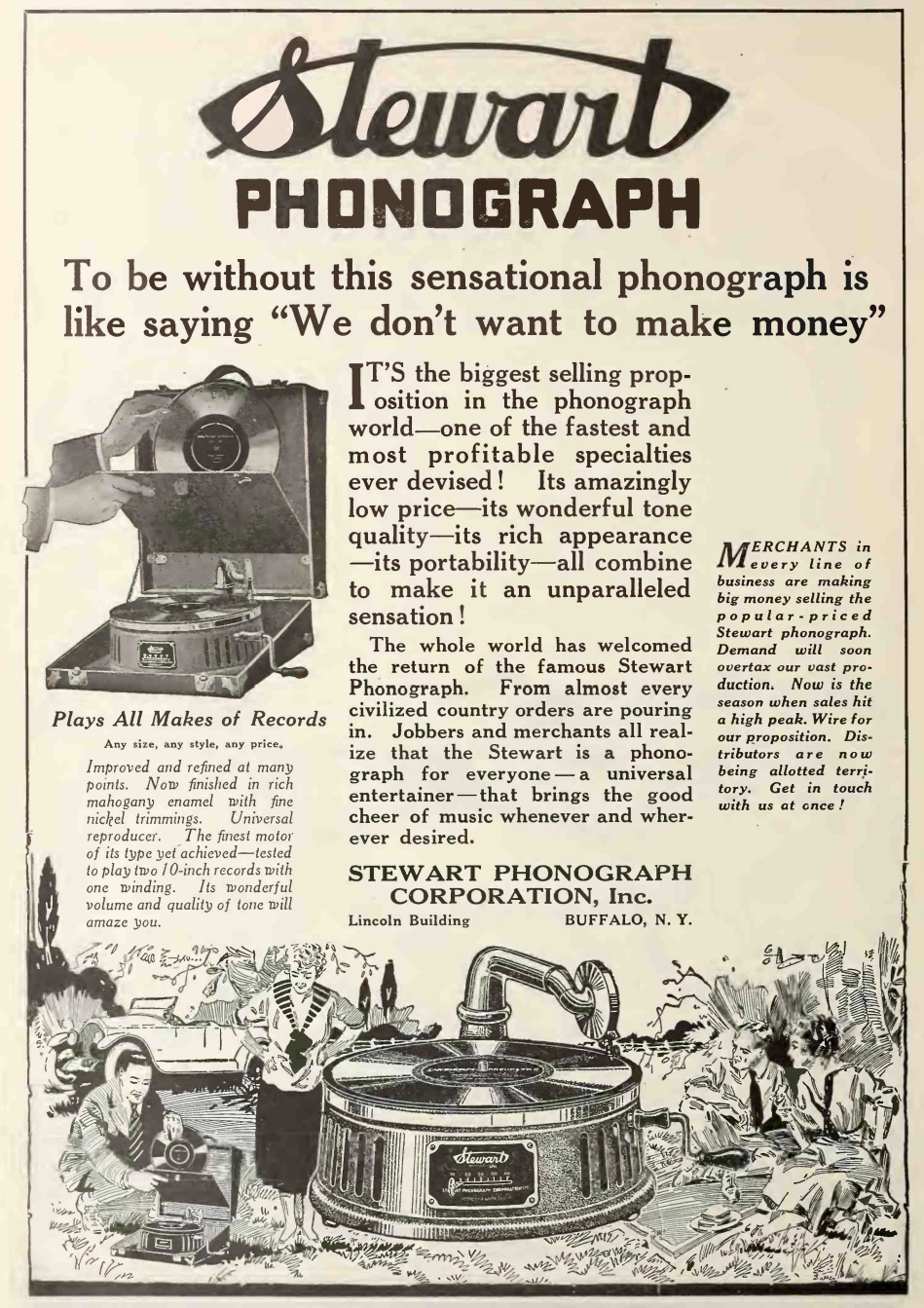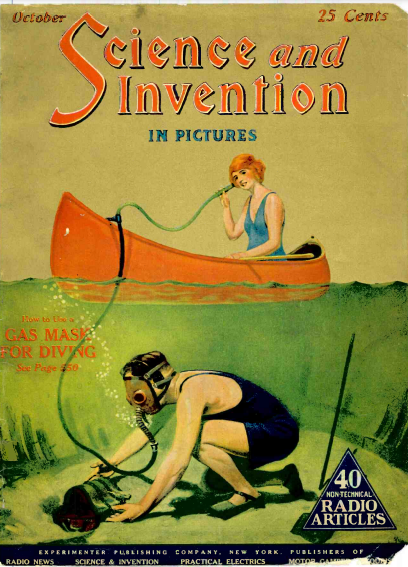 We’re not sure this is a good idea. And even if it is, the young woman in the canoe ought to be wearing a Coast Guard approved personal floatation device, or at least have one on board.
We’re not sure this is a good idea. And even if it is, the young woman in the canoe ought to be wearing a Coast Guard approved personal floatation device, or at least have one on board.
But a hundred years ago, there were a lot of surplus gas masks available, and the October 1924 issue of Science and Invention gave this idea for making use of them for diving.
You simply selected a garden hose, one sufficiently rigid so it wouldn’t collapse under the pressure, and attach it to the gas mask. It supplied your fresh air while diving, and you simply exhaled bubbles into the water. The magazine suggested adding lead shot to the canister of the mask to help weight it down, and recommended weights on your feet and belt to keep you under water. But the system was said to be good for depths of up to 20 feet. It looks like the girl is listening to the hose for continued sounds of breathing, which is probably a good idea.
Some links on this site are affiliate links, meaning that this site earns a small commission if you make a purchase after using the link.


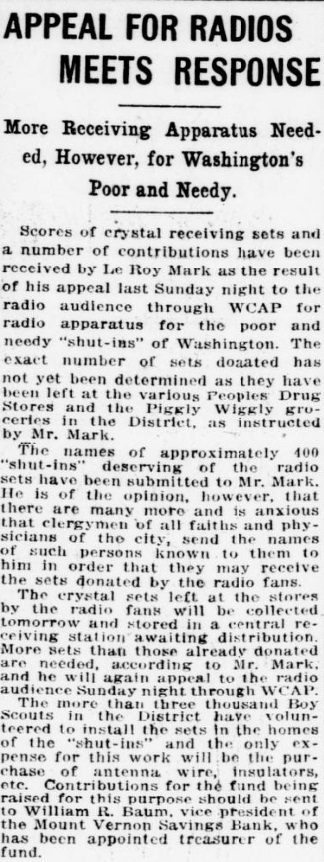
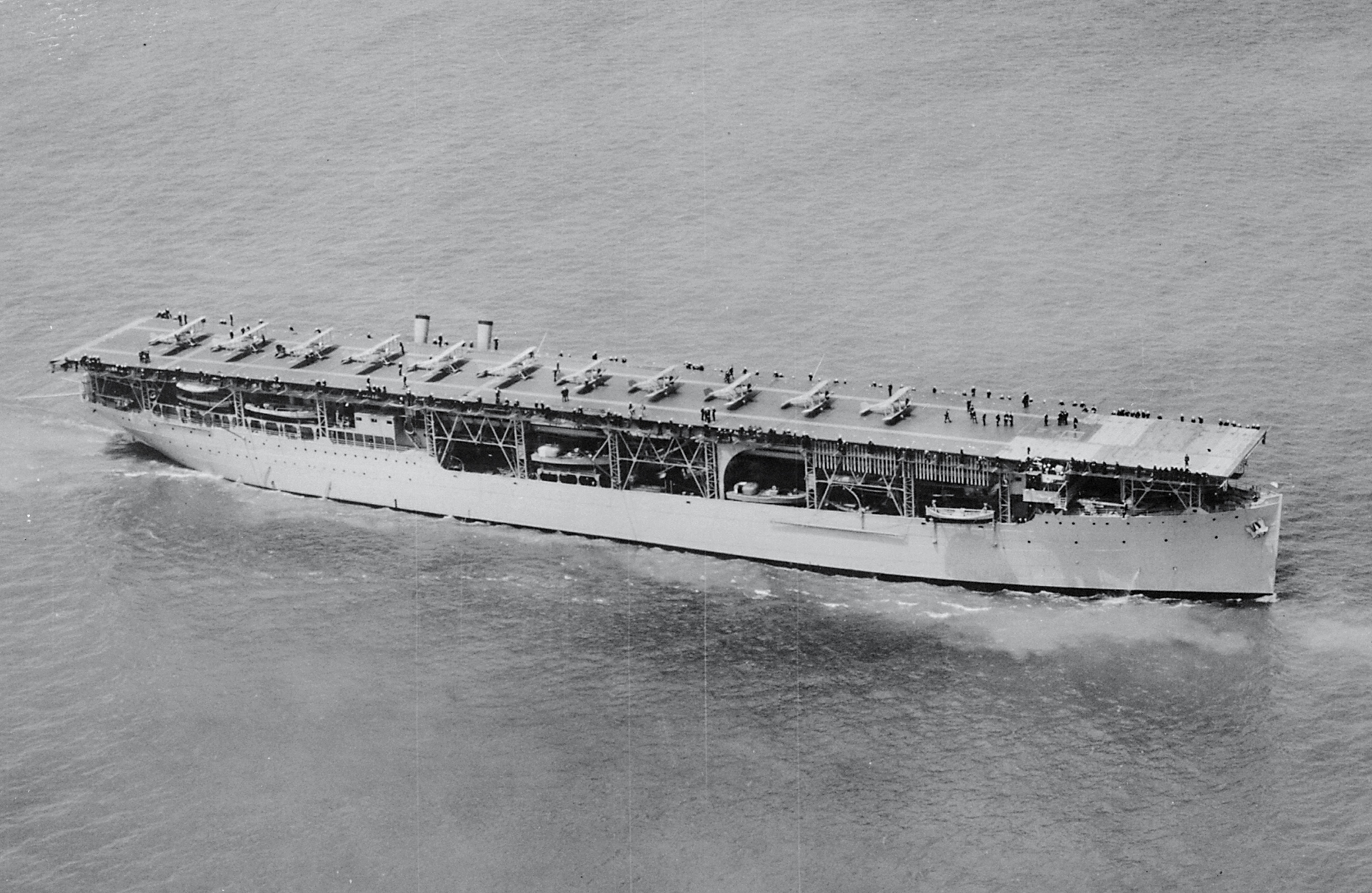

![[Smoke billowing over Tulsa, Oklahoma during 1921 race massacre]](https://tile.loc.gov/storage-services/service/pnp/cph/3a30000/3a34000/3a34200/3a34286r.jpg)
